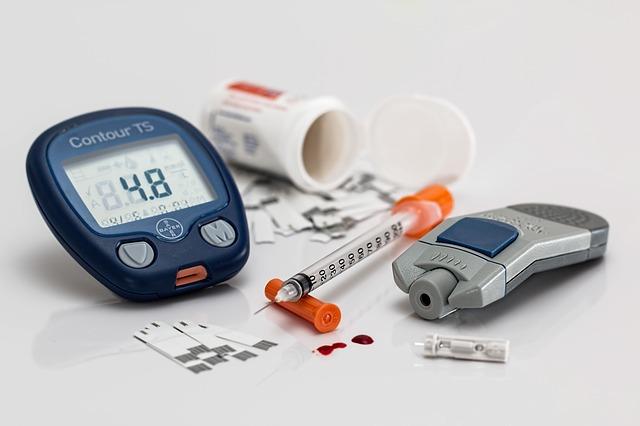A new study conducted by Rutgers University has found that mice that became diabetic had the enamel and dentin on their teeth become softer and less durable, giving a possible answer for why human diabetic patients are often more prone to tooth decay.
“We’ve long seen elevated rates of cavity formation and tooth loss in patients with diabetes, and we’ve long known that treatments such as fillings do not last as long in such patients, but we did not know exactly why,” said lead researcher Mohammad Ali Saghiri on May 31.






